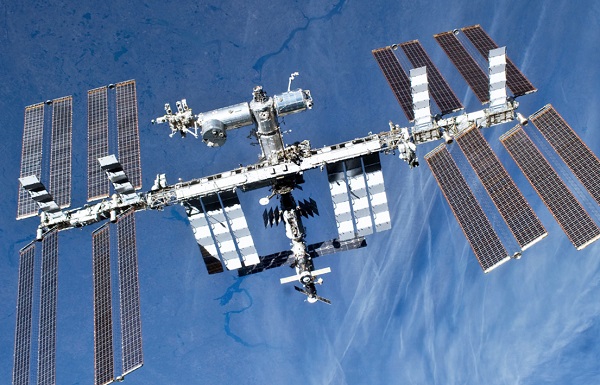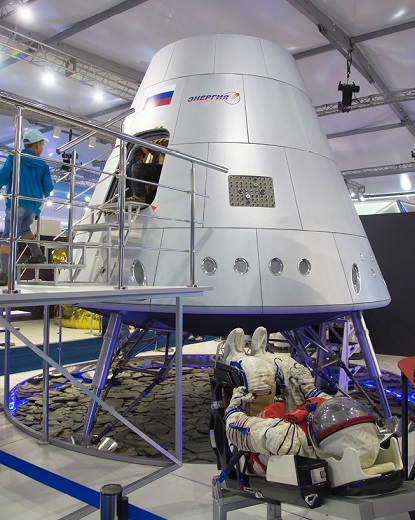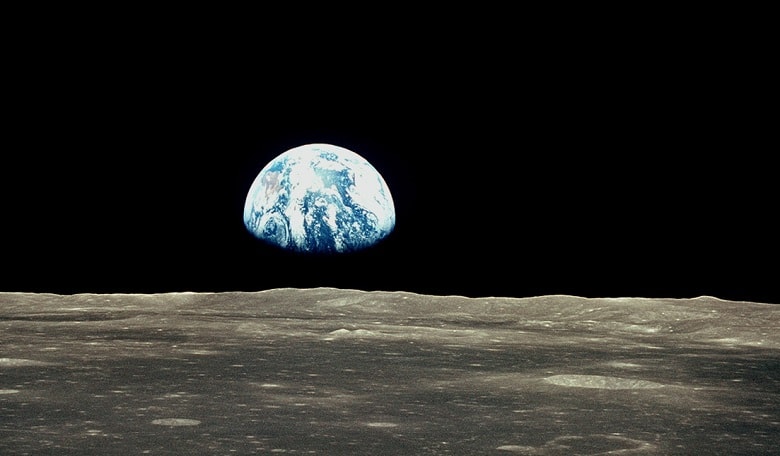The history of human space missions spans over 50 years. In that time people have learnt to live and work in space, constantly develop new technologies and make innovations an indelible part of daily life. By its very nature, human astronautics requires constant innovation, technological development and the search for unconventional solutions.
Today, the International Space Station (ISS) is actively working in low Earth orbit. It is the largest ever international high technology project, a unique example of international cooperation that brings together 26 partner countries and 83 user states.
The ISS tests key mission technologies for future human travel into deep space, including life support systems, new generation electrical power supply systems and electrical engine units.

Testing methods, performance assurance technology and health support research that will be needed by crews embarking on long-term flights can all be done onboard the ISS. Such tests include not only medical and biological research and experiments but simulated long-term free flights. In the future the module capacity on the ISS could also be used as a base for developing infrastructure that could be deployed far beyond low Earth orbit.
It’s difficult to say what fate awaits the ISS after 2024 - everything depends on the decisions made by the international partners. Based on today’s needs and forecasts, it is an educated guess that the orbital station will remain as a laboratory for scientific research and the testing of various technological advances in spaceflight.
It is impossible for any one country to implement all of these plans alone
Of course, a number of alternatives have been suggested. Some see prospective space stations as ‘rigs’, where crews will assemble large modules and units with the help of robotics. From a technological standpoint we understand how to do this now. Whether we’d be able to do it is another matter. It will greatly depend on the development of international relations and the overall condition of the ISS.
Based on the information already obtained from the ISS and technologies tested with its help, humanity will be able to take the next step in the development of human space programmes - to begin researching and exploring space beyond low Earth orbit.
The Moon, asteroids that are close to Earth, and Mars are strategic goals and will be the main avenues of research in the coming decades. But in order to follow them, a number of difficult and fundamental challenges in the fields of new technology development must first be solved.
Radiation, the lack of gravitation, hypomagnetism and other special aspects of flying beyond low Earth orbit all present new challenges for space technology, systems and materials.
Research and exploration of space will require the creation of a whole new infrastructure which will include transport systems, including spaceships, launch vehicles, takeoff and landing systems, orbital transfer facilities for cargo deliveries, and habitable systems for outer space and on other planets and bodies of the Solar System.
Today, Russia is developing key elements of a future transport system - a new generation manned transport vehicle and a heavy launch vehicle that will be able to place the new ship onto the correct trajectory for reaching the Moon.
A Moon landing for Russian astronauts is planned for the end of the 2020s
The new transport vehicle will be able to deliver a four person crew. The ship will weigh 20 tons and will be able to be in autonomous flight for up to 30 days. Its first launch is planned for 2021 and during initial missions it will fly to the ISS.
An unmanned circumnavigation of the Moon is planned for the mid-2020s and a Moon landing for Russian astronauts is planned for the end of the 2020s.
Looking at the Soviet and Russian background of docking large objects in low Earth orbit can be helpful. Russian know-how in docking operations and large structure assembly in space allows for the use of multi-station plans for flights to the Moon.
Before a super-heavy launch vehicle - one that is capable of delivering payloads of 80 tonnes or more to near-Earth orbit - is created the first flights to the Moon will be conducted with a multi-station setup and the use of the already tested Angara-A5 class launch vehicle.
 Model of the return capsule for the new generation Russian crewed space vehicle, on display at the MAKS-2015 exhibition
Model of the return capsule for the new generation Russian crewed space vehicle, on display at the MAKS-2015 exhibition
Construction of a super-heavy launch vehicle is planned for the future - a vehicle that would be able to deliver a manned ship and its crew to the Moon in a single launch. Electric propulsion engine transfer vehicles will have to be built in order to provide regular cargo traffic during the initial Moon exploration and Moon base setup stages.
Even though many nations with leading space programmes have announced their plans to explore outer space, it is impossible for any one country to implement all of these plans alone. By definition, human flights to outer space must be the product of international cooperation.
Cooperation will ensure the succession of international space programmes
International cooperation will allow the development of effective space solutions. It will combine innovative technology and provide security of the programme. Dividing up mutual responsibilities and obligations, as well as optimising the partners’ expenditures will also increase the programme’s reliability.
In a wider sense, international cooperation will ensure the succession of international space programmes, will help strengthen partnerships and lead to enduring technical, economic and political connections on a global scale.














